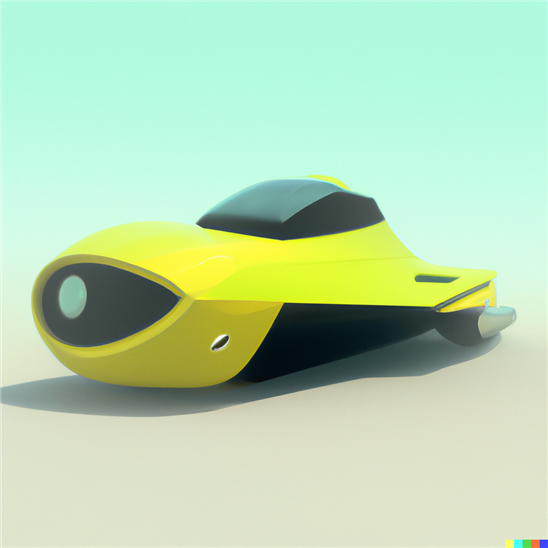
Hi all ! Hope everyone is great.
My project will consist on building a Underwater ROV (Remote Operated Vehicle) , the cheapest way possible, using just off the shelf items.
What's a underwater rov ?
A remotely operated vehicle (ROV) is an unoccupied underwater robot that is connected to a ship (typically) by a series of cables. These cables transmit command and control signals between the operator and the ROV, allowing remote navigation of the vehicle. An ROV may include a video camera, lights, sonar systems, and an articulating arm. The articulating arm is used for retrieving small objects, cutting lines, or attaching lifting hooks to larger objects.
While there are many uses for ROVs, some of the most common hydrographic applications include object identification (for submerged navigation hazards) and vessel hull inspections. An ROV is not intended to be a replacement for hydrographic diver investigations, but could serve as a substitute if divers are not available or diver safety is in question.
Types of ROV
In the ROV world, they are seperated into size categories, which also corresponds with their capability. The terminology can vary, but generally, the following are used to define the range in size
Work Class
They are the size of a mini-bus and weigh a few thousand kilograms. They required a LARS (Launch and Recovery System) to deploy a highly skilled operators.
Light work class
These are smaller, that weigh a few hundred kilograms and are the size of a large quad bike. They still require a LARS, but can be deployed from smaller vessels.
Inspection (or Observation)
There are the size of a lounge chair and weigh around 100kg. Can be deployed from a smaller vessel. Although they can be deployed by a couple of operators, some still require a LARS.
Mini or micro class (portables)
These weigh less than 50kg and can be deployed and recovered by just one or two people. They are generally used for visual inspection.
ROEVES
ROEVES will be a mini ROV, built around a Raspberry PI. It will have a camera, a camera v3 module because of the auto-focus functionality. It will have one or two LEDs to light up the way.
The forward/backward movement will be controlled by a motor on the bottom and two motors (one on each side) for up/down. The ROV will be tethered to the control command .
It will be streaming using the camera, with the possibility of recording.
With the help of my friend DALL-E, the ROV will be, roughly, like this:

In the end, we shall see. It lacks the motors and other details, but the overall shape is there.
Possible problems
I'm expecting my biggest problem to be waterproofing and buoyancy .
A 3D printed object is not waterproof, but there are ways we can change that. Some tricks that can be used while printing and designing the object and there's some post-processing that can be done.
I'm going to make some testing to see what is better.
There are some projects out there that use a Pixhawk (a drone Flight Controller) to control the stability of the rov, but it costs upwards 150€ and that's just too expensive. I'm going to try this without any of that. We will see how it behaves.
So, stay tuned and let the fun experience begin.
Cheers.


-

dougw
-
Cancel
-
Vote Up
0
Vote Down
-
-
Sign in to reply
-
More
-
Cancel
-

feiticeir0
in reply to dougw
-
Cancel
-
Vote Up
0
Vote Down
-
-
Sign in to reply
-
More
-
Cancel
Comment-

feiticeir0
in reply to dougw
-
Cancel
-
Vote Up
0
Vote Down
-
-
Sign in to reply
-
More
-
Cancel
Children